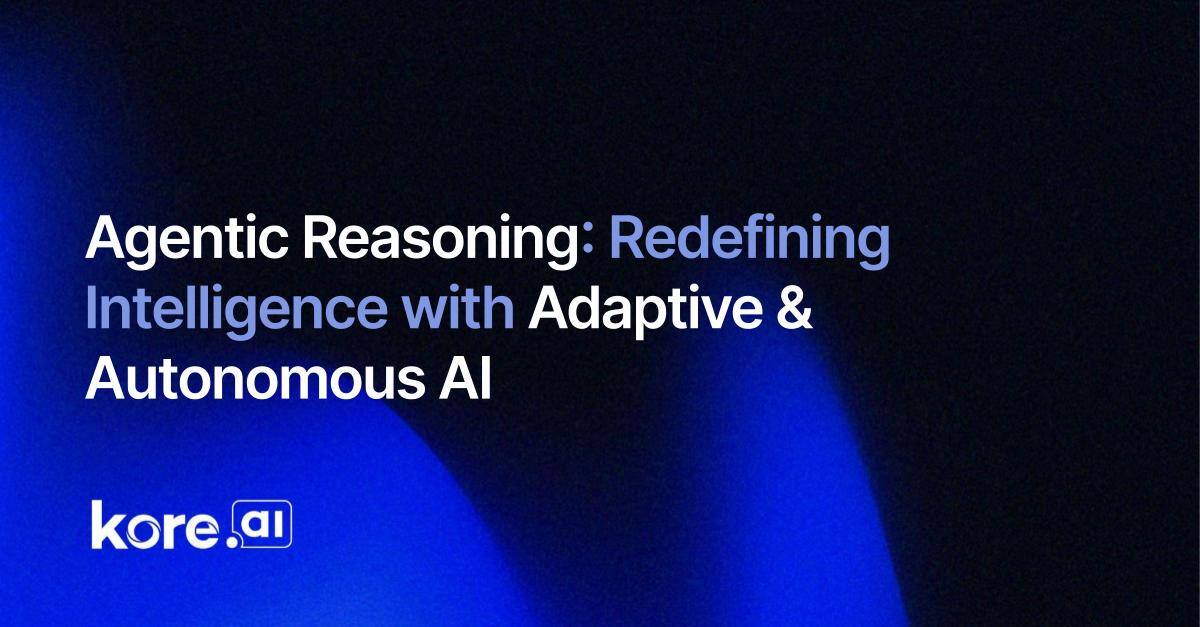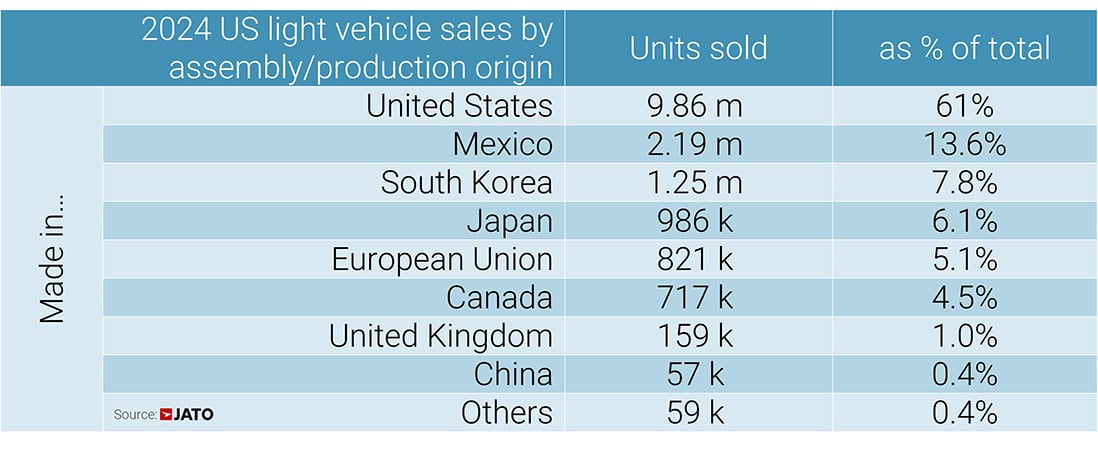Configuration values & Escape hatches
RavenDB is meant to be a self-managing database, one that is able to take care of itself without constant hand-holding from the database administrator. That has been one of our core tenets from the get-go. Today I checked the current state of the codebase and we have roughly 500 configuration options that are available to control various aspects of RavenDB’s behavior. These two statements are seemingly contradictory, because if we have so many configuration options, how can we even try to be self-managing? And how can a database administrator expect to juggle all of those options? Database configuration is a really finicky topic. For example, RocksDB’s authors flat-out admit that out loud:Even we as RocksDB developers don't fully understand the effect of each configuration change. If you want to fully optimize RocksDB for your workload, we recommend experiments and benchmarking.And indeed, efforts were made to tune RocksDB using deep-learning models because it is that complex.RavenDB doesn’t take that approach, tuning is something that should work out of the box, managed directly by RavenDB itself. Much of that is achieved by not doing things and carefully arranging that the environment will balance itself out in an optimal fashion. But I’ll talk about the Zen of RavenDB another time.Today, I want to talk about why we have so many configuration options, the vast majority of which you, as a user, should neither use, care about, nor even know of. The idea is very simple, deploying a database engine is a Big Deal, and as such, something that users are quite reluctant to do. When we hit a problem and a support call is raised, we need to provide some mechanism for the user to fix things until we can ensure that this behavior is accounted for in the default manner of RavenDB.I treat the configuration options more as escape hatches that allow me to muddle through stuff than explicit options that an administrator is expected to monitor and manage. Some of those configuration options control whether RavenDB will utilize vectored instructions or the compression algorithm to use over the wire. If you need to touch them, it is amazing that they exist. If you have to deal with them on a regular basis, we need to go back to the drawing board.
RavenDB is meant to be a self-managing database, one that is able to take care of itself without constant hand-holding from the database administrator. That has been one of our core tenets from the get-go. Today I checked the current state of the codebase and we have roughly 500 configuration options that are available to control various aspects of RavenDB’s behavior.
These two statements are seemingly contradictory, because if we have so many configuration options, how can we even try to be self-managing? And how can a database administrator expect to juggle all of those options?
Database configuration is a really finicky topic. For example, RocksDB’s authors flat-out admit that out loud:
Even we as RocksDB developers don't fully understand the effect of each configuration change. If you want to fully optimize RocksDB for your workload, we recommend experiments and benchmarking.
And indeed, efforts were made to tune RocksDB using deep-learning models because it is that complex.
RavenDB doesn’t take that approach, tuning is something that should work out of the box, managed directly by RavenDB itself. Much of that is achieved by not doing things and carefully arranging that the environment will balance itself out in an optimal fashion. But I’ll talk about the Zen of RavenDB another time.
Today, I want to talk about why we have so many configuration options, the vast majority of which you, as a user, should neither use, care about, nor even know of.
The idea is very simple, deploying a database engine is a Big Deal, and as such, something that users are quite reluctant to do. When we hit a problem and a support call is raised, we need to provide some mechanism for the user to fix things until we can ensure that this behavior is accounted for in the default manner of RavenDB.
I treat the configuration options more as escape hatches that allow me to muddle through stuff than explicit options that an administrator is expected to monitor and manage. Some of those configuration options control whether RavenDB will utilize vectored instructions or the compression algorithm to use over the wire. If you need to touch them, it is amazing that they exist. If you have to deal with them on a regular basis, we need to go back to the drawing board.














































































